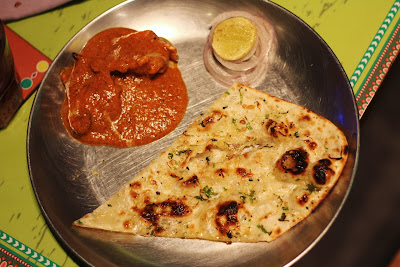A Closer Look at Turmeric
An
integral part of every masala (spice) box in India is turmeric. This member of
the ginger family is practically interwoven into our daily life, cuisine and
cultural and healing traditions. Applying turmeric to wounds is believed to
fight infection; drinking it in milk is supposed to calm the mind; highlighting
the entrance of new homes with the paste is purported to welcome prosperity;
and applying it on the to-be bride and groom is believed to erase negativity
besides bringing in a glow.
 |
| A Closer Look at Turmeric |
A
look at the history of this miracle spice reveals that it goes back nearly 4000
years to the Vedic Culture in India, where it was used as a culinary spice and
had some religious significance. Apparently it reached China by 700 AD, East
Africa by 800 AD, West Africa by 1200 AD, and Jamaica in the eighteenth
century.
Ayurveda
describes turmeric as a ‘hot, light, and dry spice with a bitter taste’. It
claims that turmeric is an anti-inflammatory, a blood tonic, a carminative and
stimulates blood flow. Other supposed pluses of turmeric include – promoting
ovulation in women; excellent for the skin; antibacterial, antifungal, and
antimicrobial; blood thinner and blood detoxifier; helps in eliminating worms;
a pain-killer that also speeds up the healing of wounds; eases the effects of
psoriasis and arthritis; anti-carcinogenic et al.
Turmeric
is usually used in – veggies, dal, soups, snacks, biryani, milk, tea, scrambled
eggs, energy bars etc.
But
medical practitioners caution that high doses of turmeric and its isolated constituents
can have some rather unpleasant side effects, including diarrhoea and nausea.


Comments
Post a Comment